Solar Farm Development and the Growing Challenge of Wiring Costs
Solar farms are one of the most efficient ways to generate large amounts of clean energy. They spread across vast areas, capturing sunlight through thousands of solar panels. However, while panels are often the highlight, there’s one silent contributor to costs that most people don’t consider: wiring.
In large solar installations, wiring is not just a connector between panels and equipment; it is the backbone that carries electricity across long distances. Because of this, it can significantly increase the overall cost of installation. Let’s explore why wiring matters so much in solar farms and how it affects your investment.
Why Wiring Matters in Solar Farms
When we think of solar farms, the first thing that comes to mind is rows of panels. But without proper wiring, even the most advanced panels cannot deliver power to the grid. Wires carry the electricity generated from the panels to inverters, transformers, and finally, to the main distribution line.
The longer the wiring, the more chances there are for power losses. That’s why solar farms require specialized, high-quality cables that can handle large current flow without overheating. Poor wiring choices can affect efficiency, safety, and even long-term returns.
In short, wiring is the hidden hero of solar farms, and also the hidden cost driver.
Factors That Drive Up Wiring Costs
Several reasons make wiring in solar farms expensive. Unlike rooftop setups, solar farms deal with much larger scales.
Main factors include:
Long Distances
Panels are spread over acres, so wires must cover large distances, often hundreds of meters.
Thicker Cables
To reduce voltage drops, farms require thick, heavy-duty cables, which cost more.
Quality Standards
Only high-grade cables designed for outdoor use, UV resistance, and durability are allowed.
Installation Costs
Laying cables underground, trenching, and labor add to the expense.
Each of these factors contributes to higher upfront wiring costs compared to smaller solar setups.
Types of Cables Used in Solar Farms
Solar farms don’t rely on one type of cable; they need a mix of different wiring solutions. Each type plays a different role and comes with a different price tag.
Common cables include:
- DC Cables: Connect solar panels to inverters. They must handle fluctuating current from sunlight variations.
- AC Cables: Carry stable power from inverters to transformers and the grid. Usually thicker and more expensive.
- Armored Cables: Provide extra protection when laid underground, safeguarding against rodents, water, and soil pressure.
- Fiber-Optic/Control Cables: Sometimes used for monitoring and controlling system performance.
Every layer of wiring increases safety and reliability, but also increases the project cost.
Efficiency vs. Cost: The Balance of Using Thick Cables
One of the main reasons wiring gets expensive is the need for thicker cables. Thin wires can lead to energy loss, overheating, and long-term damage. But thicker wires cost more — both in material and handling.
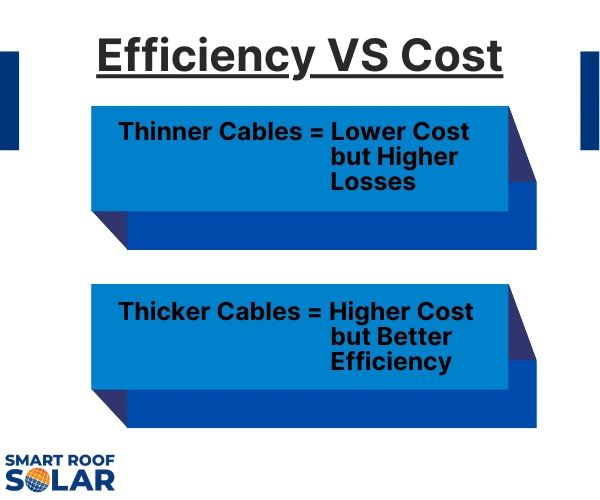
This creates a trade-off:
For solar farms, efficiency is everything. Even a small loss across thousands of panels can mean big losses in revenue. That’s why most developers choose thicker, high-grade cables despite the cost. In the long run, this ensures better performance and quicker payback.
Installation Challenges with Long Cables
Installing cables in solar farms is not as simple as connecting a few wires. The process brings its own set of challenges.
Key challenges include:
Transportation
Thick cables are heavy and bulky, requiring special handling.
Bending & Laying
Large cables don’t bend easily and need skilled installation.
Trenching
Many solar farms bury cables underground, adding civil work costs.
Labor
More manpower and time are required to handle the length and weight of the wiring.
These installation hurdles add both time and money to the project timeline.
Strategies to Optimize Wiring Costs
Even though wiring costs are high, smart planning can help reduce the burden without compromising efficiency.
Some strategies include:
Smart Layout Design
Place inverters closer to panels to shorten cable runs.
String vs. Central Inverters
Choosing the right inverter system can reduce the length of wiring needed.
Voltage Optimization
Designing systems to operate at higher voltages reduces current flow, which means thinner cables can sometimes be used.
Bulk Procurement
Buying cables in bulk from reliable suppliers lowers per-unit cost.
Regular Maintenance
Ensuring cables are checked and protected increases their lifespan and avoids replacement costs.
With careful planning, solar farms can strike a balance between cost and performance.
Why Higher Wiring Costs Are Still Worth It
At first glance, wiring costs may feel like a burden. But when you consider the lifetime of a solar farm, investing in quality wiring makes complete sense.
High-quality, well-installed cables mean:
- Reduced energy losses over 20–25 years
- Lower risk of system breakdowns
- Safer operations with minimal fire hazards
- Maximum efficiency from every solar panel
In short, wiring is not just an expense, it’s an investment in long-term savings and energy reliability.
Smart Planning = Smart Savings
Solar farms are changing the way we generate clean power, but wiring is one of the biggest hidden costs in these projects. Thick, long, and durable cables are essential for efficiency and safety, even though they add to the upfront cost.
With smart design, quality materials, and expert installation, these wiring costs can be managed effectively. In the long run, the investment pays off with better performance, lower maintenance, and stronger returns.
At Smart Roof Solar, we specialize in designing and installing solar systems that balance cost and efficiency. Our team ensures that every component, from panels to wiring, is optimized for performance. If you’re planning to go solar, let us help you save smartly while building a greener future.
FAQs
Q1. Are overhead cables cheaper than underground wiring?
Ans: Usually, the overhead cables are cheaper, but underground cables are safer, more durable, and preferred for utility-scale projects.
Q2. Do all solar farms need armored cables?
Ans: Not always, but they’re essential where cables are buried or exposed to rodents, water, or mechanical stress.
Q3. What’s the difference between string and central inverters in terms of wiring?
Ans: String inverters reduce cable runs by decentralizing the system, while central inverters often need longer cable lengths.
Q4. Is it possible to upgrade wiring in an existing solar farm?
Ans: It’s possible, but costly and disruptive; better to invest in quality wiring during initial setup.
Q5. Are there government standards for solar wiring?
Ans: Yes, national and local electrical codes set safety and performance standards that must be
Suggested Articles
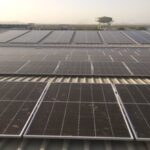
New Loan Scheme for solar rooftop projects by IREDA
Financing has been identified as the key barrier towards…
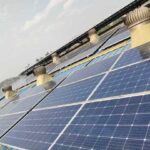
What is the Difference between a poor installation and good installation?
Solar Panels: A lot of duplicate panels , used in solar power plant…

China’s Solar Industry Poised for Continued Growth in 2023 and Beyond
China’s solar industry is set for continued growth in 2023 and beyond, driving global renewable energy expansion and technological advancements.

SECI Sets Record in Renewable Energy Trading, Surpasses ₹100 Billion
SECI achieves record renewable power trading revenue surpassing ₹100 billion, marking a milestone in India’s clean energy growth and solar market expansion.

Solar Loans, Subsidies & EMI Plans: Financing Made Easy
Explore solar loans, government subsidies, and flexible EMI plans to make installing solar panels affordable and hassle-free.
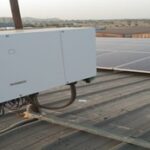
Consider the performance degradation of solar panels when calculating annual yields
The rooftop solar markets are expanding rapidly in India…
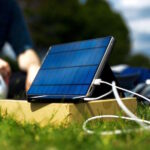
9 Cool Solar Power Gadgets in India
With advancements in technology, a vast number of solar power gadgets and products have been designed that are as efficient as regular electronics.
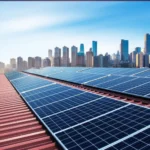
Solar Sector Growth Slows in India as Investments Drop in Q1 2023
India’s solar sector experiences an investment slowdown in Q1 2023, reflecting challenges in funding and growth for renewable energy projects.
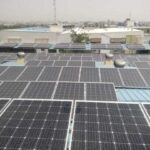
Sir! Solar Mein Itna Chalta Hai! – Site Assessment & Shadow Analysis
Site Assessment & Shadow Analysis…
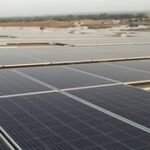
Indian solar market flooded with various Inverters – User discretion required
With Indian government’s target of 100 GW by Solar power,…